Posted by Olivia dela Rosa on October 13, 2014
It is very interesting how advertisers are exploring new ways to engage with their consumers. Innovation took a fancy turn with the use of interactive print ads. Not surprisingly, these ads work out to be more compelling, as they give a clearer understanding of what product or service is being provided. You would actually want to buy something if you know what you will exactly get, right? Reading about reviews of a record album or hearing that album right from the advertisement is way different. Through interactive ads, advertisers are able to bring the experience right in front of you and they do it in a way that is really hard to ignore.
We scoured the Internet just to bring you the best of the best in interactive print ads. Here are some that we think we all should see more of.
Not a futuristic new technology (and not an advertisment), still very creative and worth mentioning in this post. There is a something poetic and idyllic about seeing the shadows fade slowly through the trees during the afternoon. It’s the same feeling when sunlight passes through your window and changes its direction throughout the day. And most probably these are the moods that the creators of Motion Silhouette book wanted to evoke from its readers.
Motion Silhouette is a handmade popup children’s book made by Megumi Kajiwara and Tathuhiko Nijima. It is filled with laser cut shapes of various objects that as a whole tells a story. With the help of a light source, these cutout images connect the reader to the book by creating silhouettes projected in between pages. As the light source is moved, motion is created through the silhouettes. Motion Silhouette is the second installment from the series “Changing the perception of the book using its surroundings.” The video created to promote this book also puts a modern twist by using a smartphone to light up the images. Also, these books are exclusively handmade and can only purchased by inquiring through email.
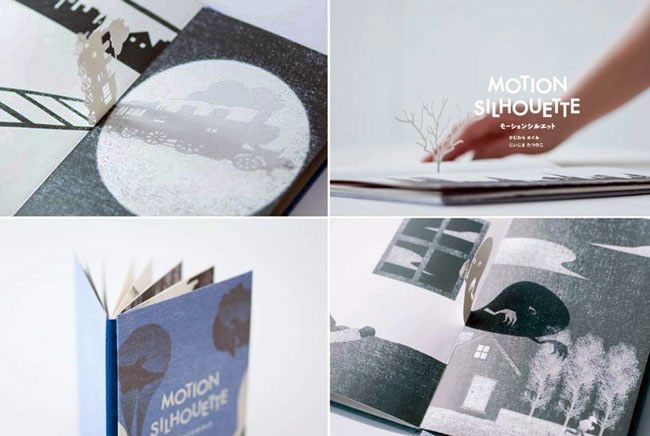
If you’re thinking of upping your print design game, you’re already one step behind. And when you see Sappi’s 5th volume of their annual design journal, you’ll know what I’m talking about.
Every year, Sappi curates the best designs they could get their hands on while focusing on a particular printing process per edition. For The Standard Volume 5, it chose to feature various special printing effects and innovations. You’ll find all sorts of these in the journal, such as extremely creative use of UV coatings, thermography, embossing and debossing, holographic foils, and – a personal favorite – lenticulars, among others. It is amazing to see how wide the range of printing effects can be used to alter dimension and produce different textures, and each page is a masterpiece on its own.
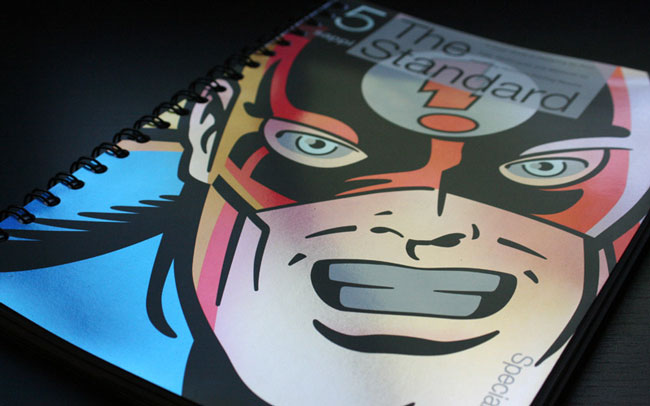
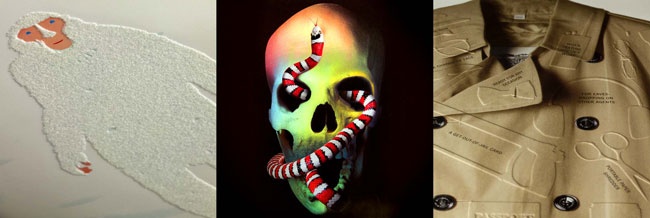
Apparently the Swedish are not only winning in the design category, but are slowly becoming champions of augmented reality as well.
Since 2011, IKEA offered a free app that works with its catalogue, and for 2014 it created a complementary augmented reality function to the app. It’s the catalogue of our dreams, allowing anyone who is planning to buy furniture and items from IKEA to sort of preview them pre-purchase. It makes it easy for you to visualize how your home would look before really buying and adding stuff into it.
The IKEA catalog app is downloadable by both Android and iOS users, and it lets you play with “virtual furniture” by first scanning the catalog for the items that you like. It then uses your phone’s camera to project the item or furniture real-time into your space. This augmented reality feature, whether for a first-time buyer or a loyal consumer of the brand, will definitely enrich these customers’ experiences and will help the company translate that experience into sales. During the time that it launched, the catalog only included a limited number of items but it wouldn’t be surprising if the selection would grow over time and might even move to a more advanced technology.
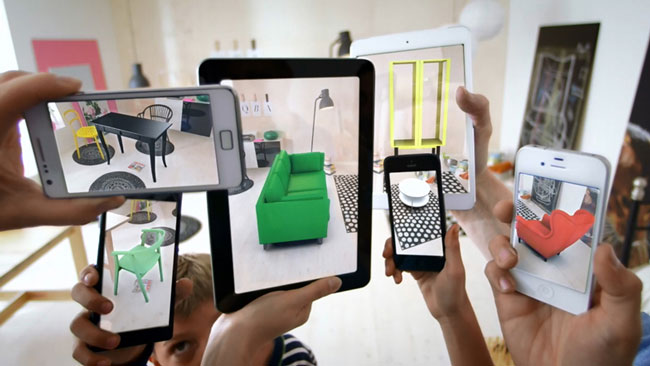
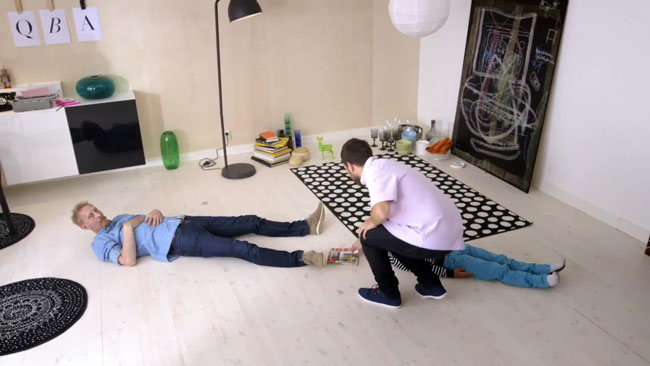
As some would claim that print is slowly fading to its death, there are those who thrive at finding innovations from it. One of the greatest of those innovations would probably the conductive ink, which for those who understand it will definitely change the game for the printing industry.
Imagine magazines, book, posters, and postcards – all printed materials you can think of – expanding into another level of interaction for its user. It may be through gestures or touch, or the use of another device such as smartphone. Most even consider it as the future of print technology, and we couldn’t agree more.
This is what Feel Flavour is able to do and the possibilities are endless.
Feel Flavour is a poster created by Novalia in collaboration with Grey London for Schwartz Spices' "The Sound of Taste" campaign. It looks at the concept of synaesthesia in print technology, which allows sensation to be experienced in one part of the body aside from the one being stimulated – more like blending of the senses, if you will. Tagged as a “sonic poster”, Feel Flavour literally lets you see, hear and feel the flavors. For that, it uses touch sensitive inks, which are also conductive and makes it possible to turn any surface into an interactive touch interface. The poster features a visualization of herbs and spices that were given corresponding chords so that, when paired with a smartphone device through Bluetooth, it becomes an interactive musical instrument. Conductive ink is a new technology on the rise, pretty much hacking paper to give way to new printing trends. Fancy stuff, I’m telling you.
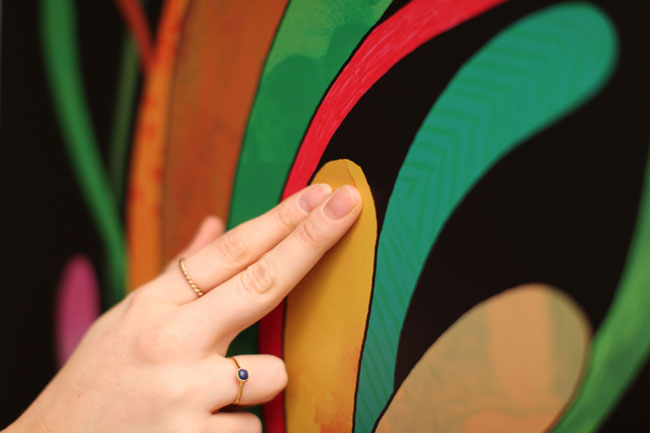
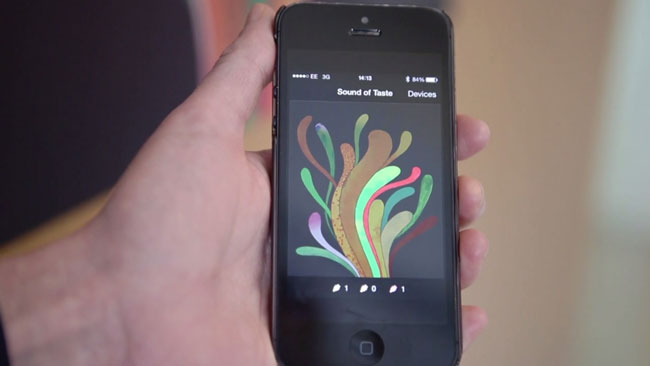
Entertainment Weekly magazine ran a digital ad of CW Network to promote its fall lineup of TV series. The print insert comes with a T-mobile 3G card (!), an LCD screen featuring six of its latest tweets and a looping video of the stars of the featured shows. There were 1,000 copies of the magazine issued with this, and the ad caught the attention of a lot of tech news sites. Mashable did a tear-down of the print ad, revealing additional QWERTY keyboard, smartphone-sized battery, speaker, mini USB port and camera in the handset. To prove its functionality, Mashable even made a phone call using it after taking it out of the page.Here's a Youtube video that demonstrates the ad.
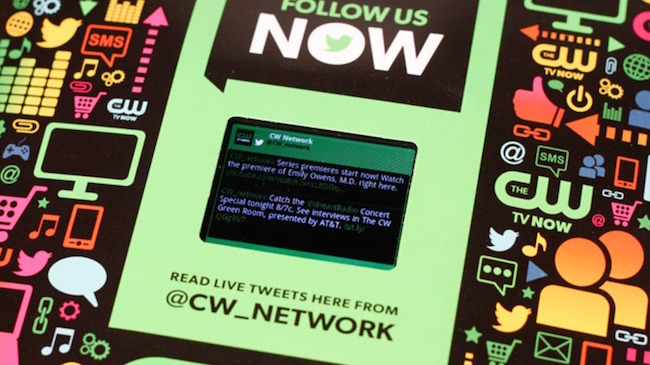
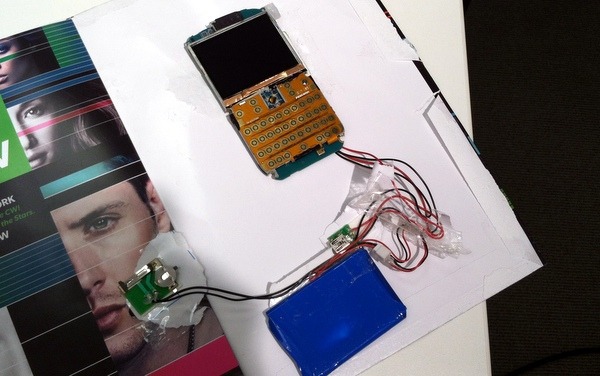
You know those greeting cards that play music when you open them? Marie Claire magazine ran something akin to those and it's amazing. The magazine ran a 45-second video ad for Dolce and Gabbana fragrance on its October 2012 issue, which plays when you open the page. Complete with audio, the ad was executed by Procter & Gamble through the help of Mediacom, with Americhip providing the technology. Marie Claire claims to be the first UK magazine to place this kind of technology in a magazine. Catch the unveiling of this ad in the video below.
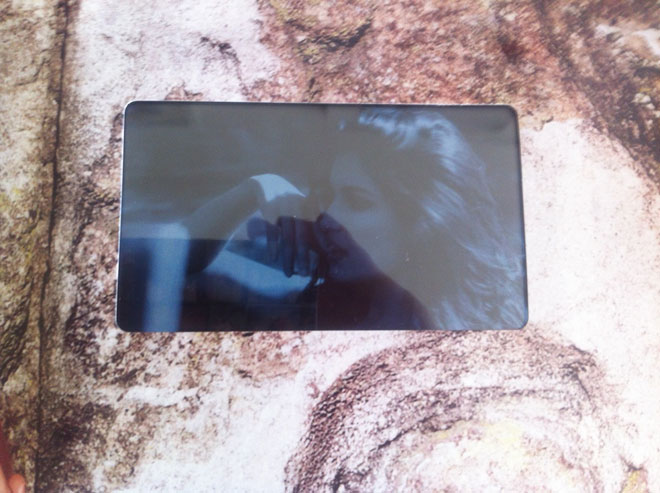
To promote Moto X Mobile Phone, Motorola ran an ad on WIRED magazine on its January issue, which featured a print ad that allows the reader to customize the color of the phone's rear. According to Engadget, the print technology used is composed of "a trio of LEDs, a slab of Plexiglas, four batteries and an array of buttons make up an interactive Moto X ad, right in the middle of the magazine". By pressing the buttons at the bottom of the page, the color of the smartphone’s back changes. 150,000 copies of this issue was made, and the ad extends the customization process by directing the readers to Motorola’s site, which gives them the option to purchase the phone as well. For a complete tear-down, you can watch the video below.
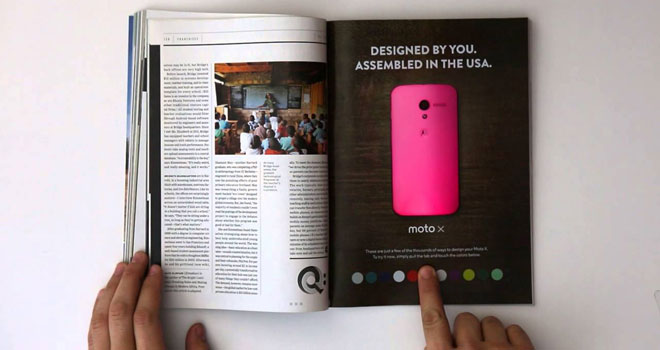
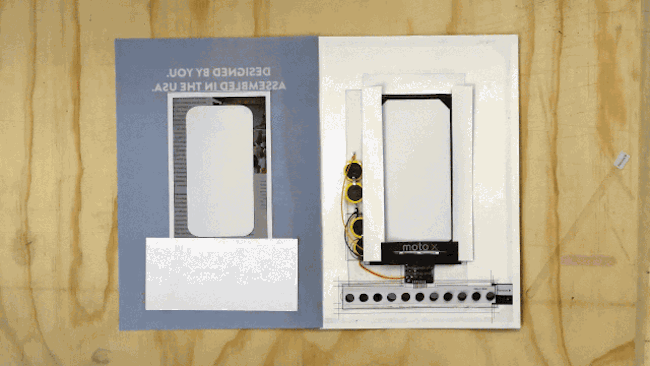
“Because there are mouths that will never speak the truth.” Reporters Without Borders (Reporters Sans Frontieres) used QR codes as a print ad to raise awareness on press freedom. Entitled "The Voice", the photographs printed in the ad were that of Muammar Gaddafi, Vladimir Putin and Mahmoud Ahmadinejad – authority figures that have a reputation for clamping down on freedom of the press – and the QR codes contain links to the website where a video will play and serve as a mouth to the faces in the magazine. To know more about RWB's advocacy and campaign, you can watch their video below.
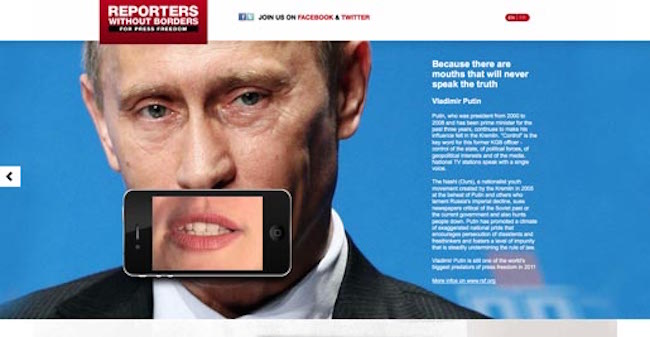
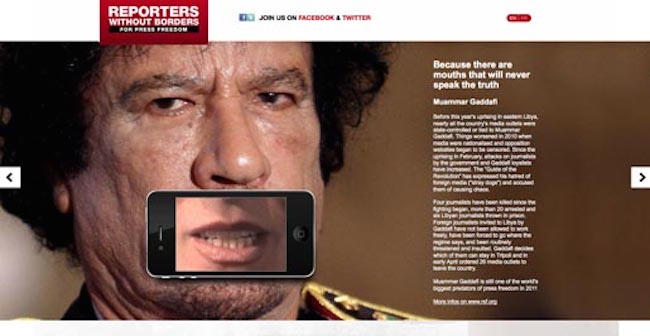
Leading the augmented reality solution category is Layar Creator. Layar Creator holds an important place in the marketing industry by bridging print media to digital content. Below is just one example of the kind of work that they do. Just for fun, you can watch their video.
The future of print is here, and it's anything if not amazing!
We've heard about technology like Displax that gives any surface a touchscreen capability. But how about making touchscreen displays out of, let's say, a piece of paper or even *gasp* a leaf? That's where PrintScreen comes in.
PrintScreen is a type of print technology that uses thin-film electro luminescence that enables you to customize and install touch screen displays on any surface. According to Embodied Interaction, it allows you to print "ultra-thin (120 um) segmented and passive matrix displays in grey-scale or multi-color on a variety of deformable and rigid substrate materials, including PET film, office paper, leather, metal, stone, and wood." This new technology introduces opportunities to integrate static display with digital print. The cost to use PrintScreen is relatively low, and it wouldn't be surprising to see more of this soon. Watch the complete demo video below.
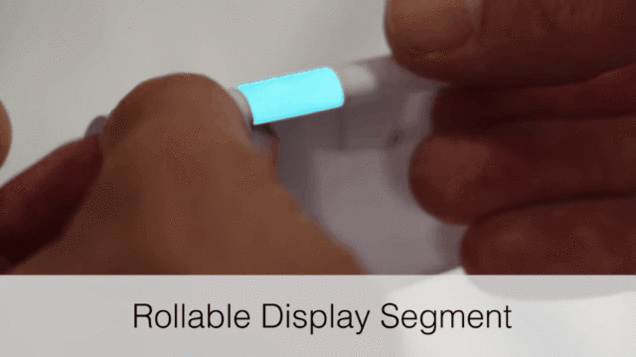
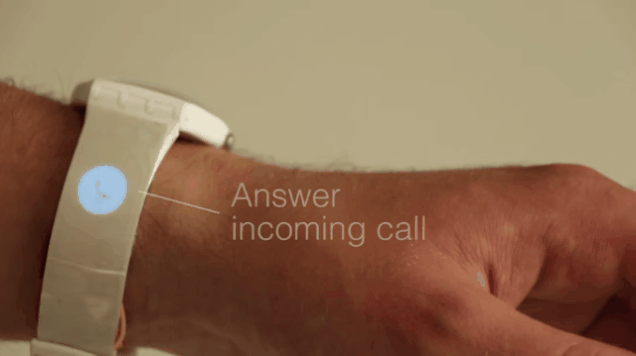
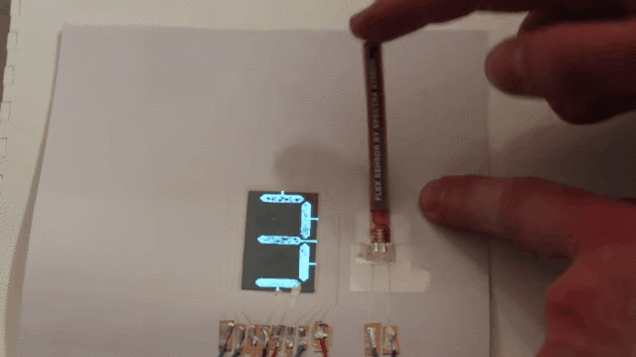
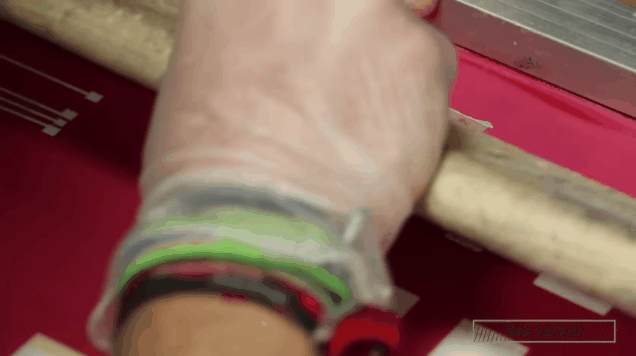
Not uncommon but still effective in execution: This Peugeot ad features a mini-airbag that inflates when you hit the center of the page. Created by Loducca, the ad campaign was published in Exame, one of Brazil's leading business magazine, and was made to emphasize the car model's new offerings. The new 408 series comes with new safety features, mainly the installation of six airbags with eight protection points. 50,000 China-made mini-airbags were produced and inserted into the magazines. Watch the whole print ad unveil right before your eyes here.
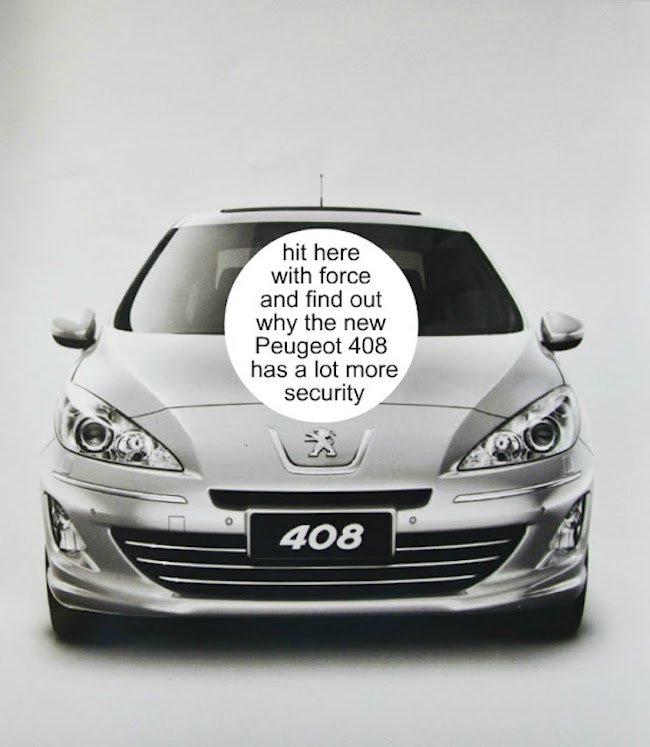
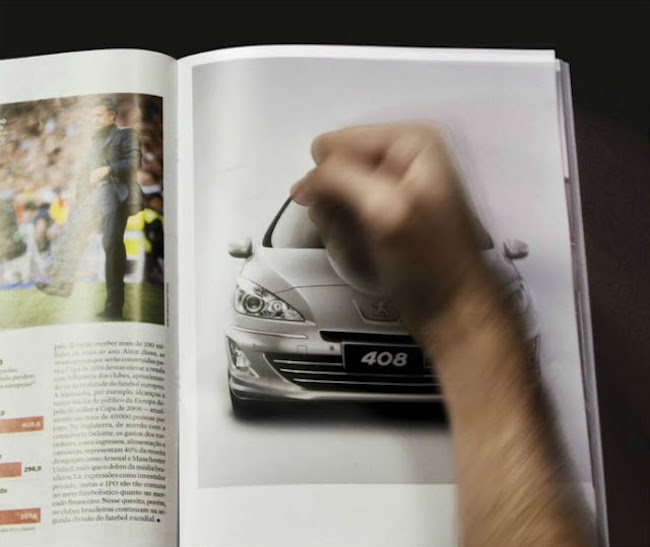
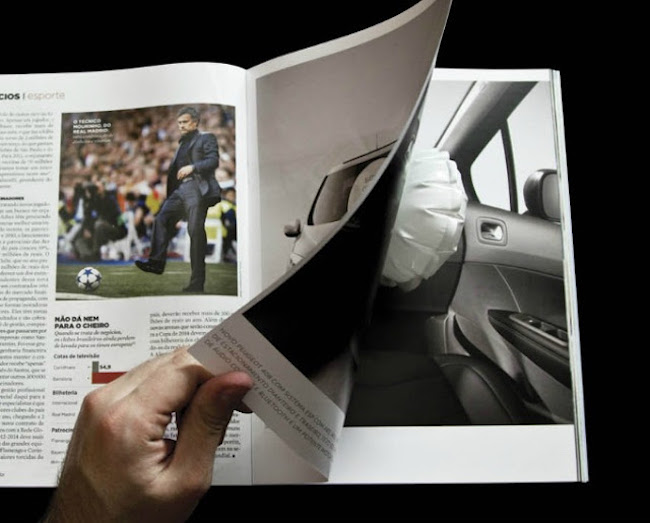
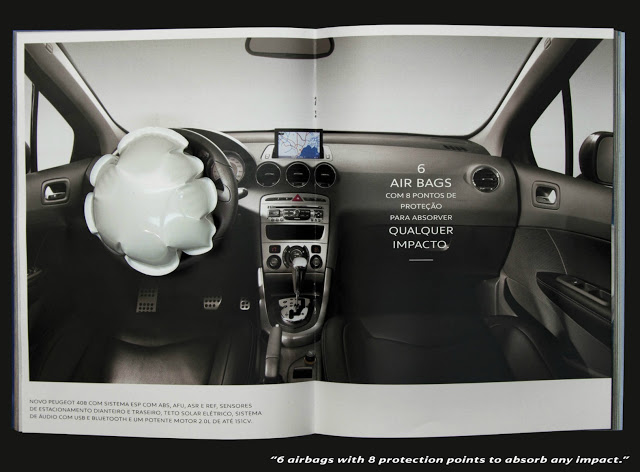
In its October 2008 issue, Esquire magazine did something that was never done before - an electronic ink display on its cover page. It was the first of its kind in the print magazine category, making its debut on Esquire's special 75th edition. Unfortunately, the whole thing turned out to be a big disappointment to some.
The e-ink display uses the same technology as Amazon Kindle, and serves as the cover and an ad as well. The ad was to promote Ford Flex crossover while integrating a flashing loop that showcases three sections of the panel. But not everyone is psyched about this, and some even went a mile further by calling it "a flop" and "stupid", which was sad considering how much effort the magazine placed on this issue. Though the said campaign earned a bad rap among tech enthusiasts, we consider it still noteworthy enough to include in the list.
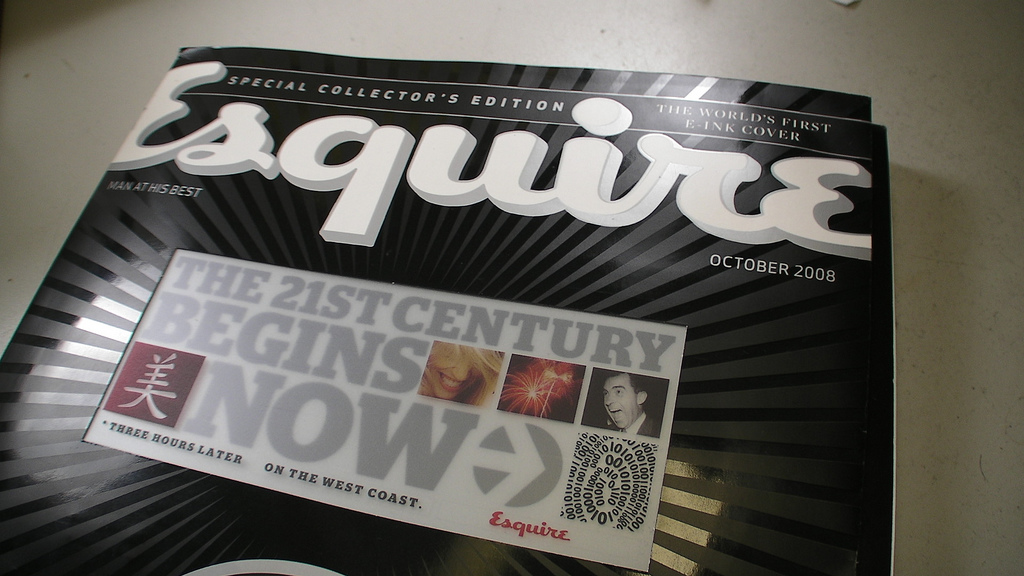
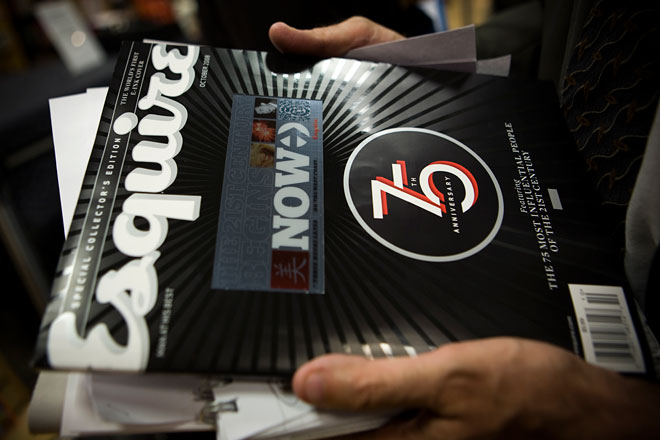
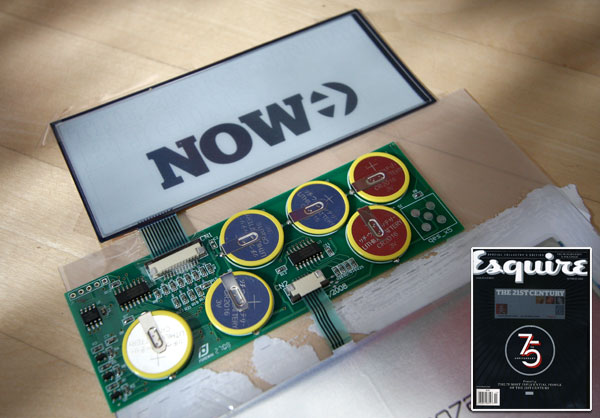
The advertising landscape is always changing, and while most of the above examples are not suitable for large editions, and questionably cost effective, soon enough, we will see more surprising advances in terms of technology, translating not only to print ads but to other platforms as well.
We would love to hear your thoughts - share your comments below!
NFC Technology for Business Cards
Standard Poster Dimensions for Print
Retrofied Social Media Print Ads
Free Vintage High Res Posters for Printing
|
Very interesting....how about using this type of advertising of my products at the farmers markets we work with? Being this is my first exposure to interactive print advertising where do I go from here? Posted on December 09, 2014 by Dick Carlson |
|
I absolutely love the feel flavor posting! Very creative, and you can really do a lot with that. The future of printing is interesting. We all know that the old fashioned ways of printing things out are going to be a thing of the past in no time - with all of these new and innovative ways, the old way is sure to get boring. Thanks for enlightening me on the subject, I never knew about half of these. Posted on November 15, 2014 by Veronica |
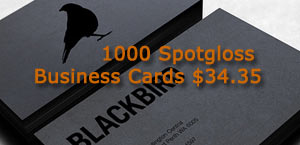
Really nice photo books they have, but customer service could definitely be improved. It was a long and frustrating order with them this time (communication wise) but in the end it turned out fine.
 Rating: 4 / 5
Rating: 4 / 5
I ordered a T-shirt for my son from Cafepress, but im dissapointed by the quality. The T-shirt was supposed to be 100% cotton as stated on their website, but it's not: it contains 5% spandex which is really hot and uncomfortable. This was a dissapointing experience with Cafepress.
 Rating: 2 / 5
Rating: 2 / 5
Nice company to work with. Im an actual customer of PS Print and they never failed me. Their pricing is much better compared to local print shops. Good quality products, quick turn arounds and very good support (if needed).
I've worked with them on multiple projectsand always had good success. Just my heads up!
 Rating: 5 / 5
Rating: 5 / 5
Inkgarden rules! I'm a sucker for personalized plates and I will use any excuse to order some; my mother's wedding, Christmas season or a new neighbor. They're not super sturdy but they hold on pretty well. I started by ordering some of the designs they feature but soon started making my own. This spring I had to order some personalized hoodies for a marathon so it was obvious I would use InkGarden. The print was flawless and everyone loved them! Have to agree with Aurora Martin, if you don’t use a modern camera the photo won’t print out very good.
 Rating: 5 / 5
Rating: 5 / 5
Typical large company: it's impossible to speak to a human besides someone in a call-center who knows nothing about printing!! Result: crap useless business cards. Used vistaprint to save money: in the end it costed me money, time and aggravation.
 Rating: 2 / 5
Rating: 2 / 5
